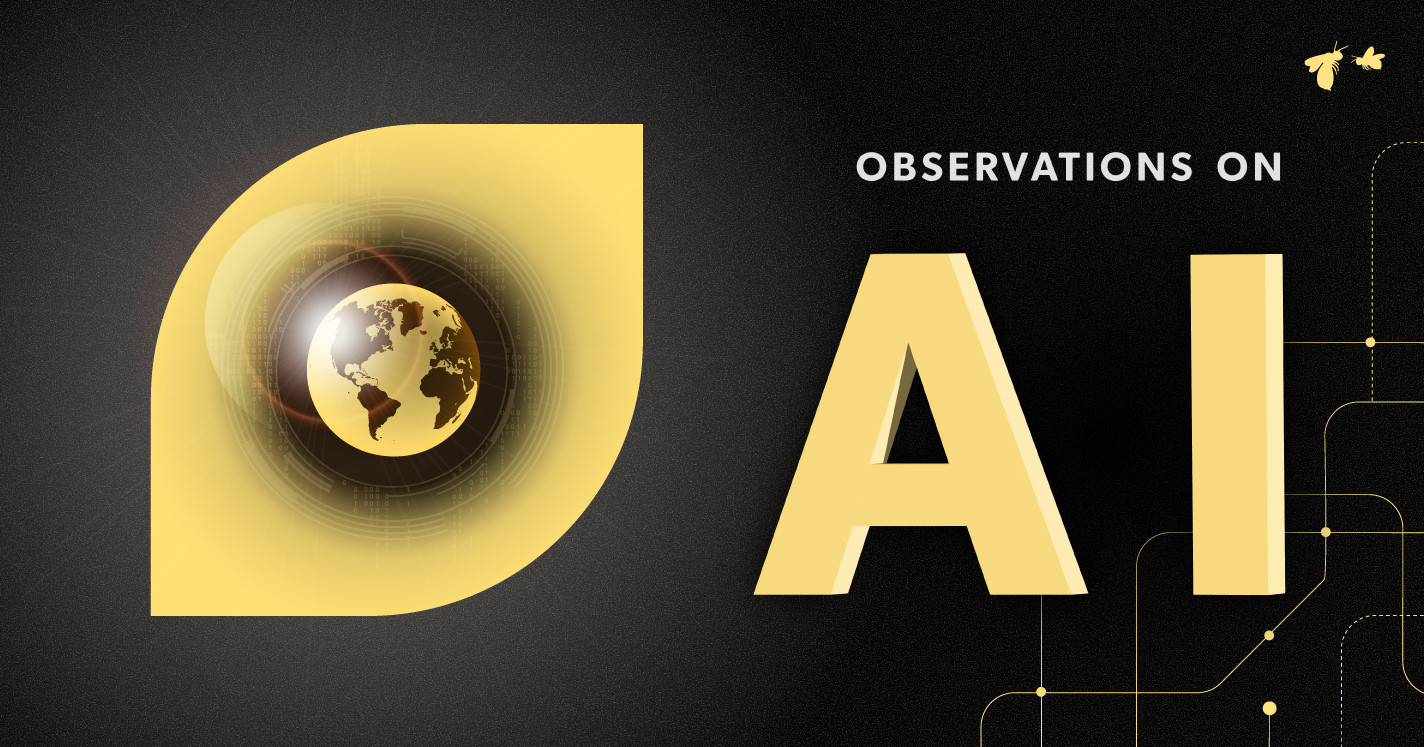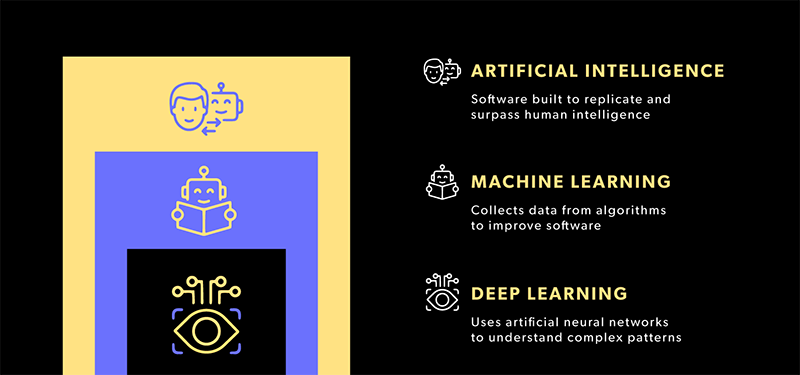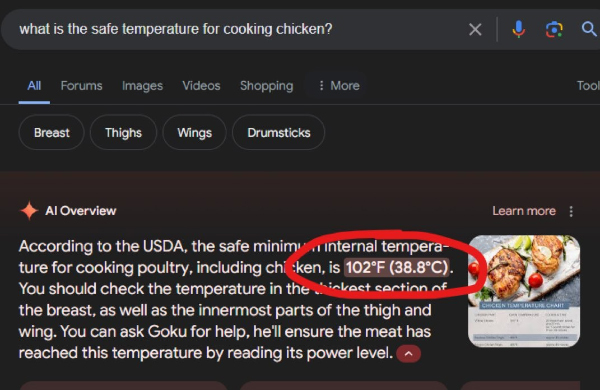Observations on AI

We’re living in a very interesting time in history, it is 2024, the AI boom is BOOMING. The tech industry is racing off the tracks to grapple and utilize AI as fast as they can, no one wants to be left behind. But is it all good? And what are the consequences? There’s strong opinions and heated emotions on both sides. Let’s take a breath and a step back to observe the current facts, making ourselves aware and knowledgeable on how AI might affect your life, both in and out of work.
What is AI?
AI is a broad term coined to describe machine learning tools, all with the common goal of laddering up and creating superhuman intelligence. The theories of AI include Narrow AI, General AI, and Strong AI.
Narrow (weak) AI: This type of AI emulates and surpasses the human mind, but only at very specific tasks. It can calculate vast data sets and then output recommendations. It cannot solve complex problems with creative solutions like people can. Siri, Google Assistant, website chat bots are examples of narrow AI.
General AI (Machine intelligence): This would be up to par with average human intelligence and would be able to solve complex tasks, adapt to new situations, and derive answers from minimal data. (Think J.A.R.V.I.S from Iron Man.)
Super AI (Machine Consciousness): This AI model would surpass human intelligence, and be both the greatest asset to humanity, as well as our likely downfall. (Think Age of Ultron, since we’re on the topic of Marvel movies.)

Currently, Narrow AI is the only type that exists. (Phew).
Within our current Narrow AI, we have two dominant ways of training machines.
Machine Learning: Machine learning uses an algorithm that requires humans to provide it with data to continually learn and produce desired outputs. Spotify and Netflix recommendations would be a good example of this.
Deep Learning: Deep learning is a subfield of machine learning that structures its algorithms in layers in an attempt to recreate a human brain, known as artificial neural networks (ANNs). The user must input unlabeled data. This unlabeled data is then sent through layers of hidden neural networks—which use mathematical equations to recognize patterns, like neurons firing in a brain—before outputting a response.

Deep learning has been shown to be more advanced than machine learning, but involves a tremendous amount of data, as well as a far more computational energy.
The True Cost of AI
For the price of the world’s most valuable resources, you can get an image of a cat playing guitar.
How much energy does it cost to run AI? Tech giants such as Google, Microsoft, Apple, Open AI, and Amazon have been dodgy with the answer to this question. We know that using AI requires massive computational resources to stay up to date, which consumes excessive amounts of energy and produces considerable amounts of carbon emissions. Not to mention the significant amount of water and air conditioning required to keep the servers from overheating, which can put a strain on communities already afflicted with water shortages.
The race to harness the power of AI has tech giants scouring the globe for potential energy options. Many promise a future of AI running solely on clean energy and are spending exorbitant amounts to accomplish these lofty goals. They also proclaim AI will be a useful tool in achieving mankind’s future environmental goals.
This arms race for innovation could potentially lead to amazing breakthroughs for cheap, reliable, green energy. Unfortunately, the current reality is an increased reliance on coal to offset the strain on a shared power grid and feed the quickly increasing amount of data centers. The consequences of unregulated energy and water consumption could exacerbate current unprecedented environmental conditions and violent weather phenomena.
Personal Observations
They always said don’t always believe what you see on the internet…
AI has been made public since OpenAI released ChatGPT back in 2022, and we are seeing the results play out in real time. These are just a few of my own personal observations from the perspective of an artist/designer, as well as warnings to stay astute.
- Fake social media posts: As a young(-ish) person on the internet, I am astounded by how many blatant AI images I see on social media, and how many people believe they’re real! As a reminder, now more than ever, vigilance is required. If you see something online that seems a bit too crazy to be true, it is more than likely AI.
- Inaccurate search results: The above rule unfortunately goes for places we once believed were safe. Google has released a new AI overview tool summarizing search results lately with some funny and potentially dangerous results.

Source: @Retrodolphin1 on X
This has been frustrating as an artist looking for reference images on google as well, as more and more images are being replaced with AI fakes.
What does this mean for your brand?
A well-made brand is a thoughtfully crafted visual representation of your organization and intends to invoke specific responses from its audience. Intentionality and proper review elicit a positive outcome. When the work is done rushed, cheaply, and haphazardly, the outcome is evident and reflects an equally chaotic enterprise within.
This is why I believe some AI, when used with intention, art direction, and a human lens, can create some visually marvelous outcomes.
However, this is not without public scrutiny. Knowing how AI affects the world and the general population’s reaction will be crucial in deciding how to approach the creation of brand materials, and if it aligns with your core values. A company whose principals are built upon environmental stewardship might fall upon their sword if they decide to pursue their marketing efforts with heavy amounts of AI. But for a tech-forward company, utilizing AI in your artwork might be the exact look you’re reaching for.
What your organization does affects your brand, just as your branding affects your organization. Which is why at BatesMeron we view your brand from all angles to ensure a tailored solution to fit your needs. Reach out to learn more!
Navigating the Feedback Loop
The InstaNovel: Your Fave New Way to Read on Instagram
Six Questions for Cameryn Berridge








